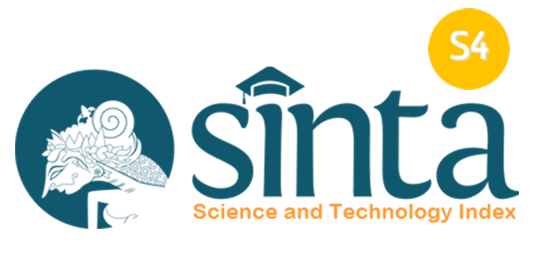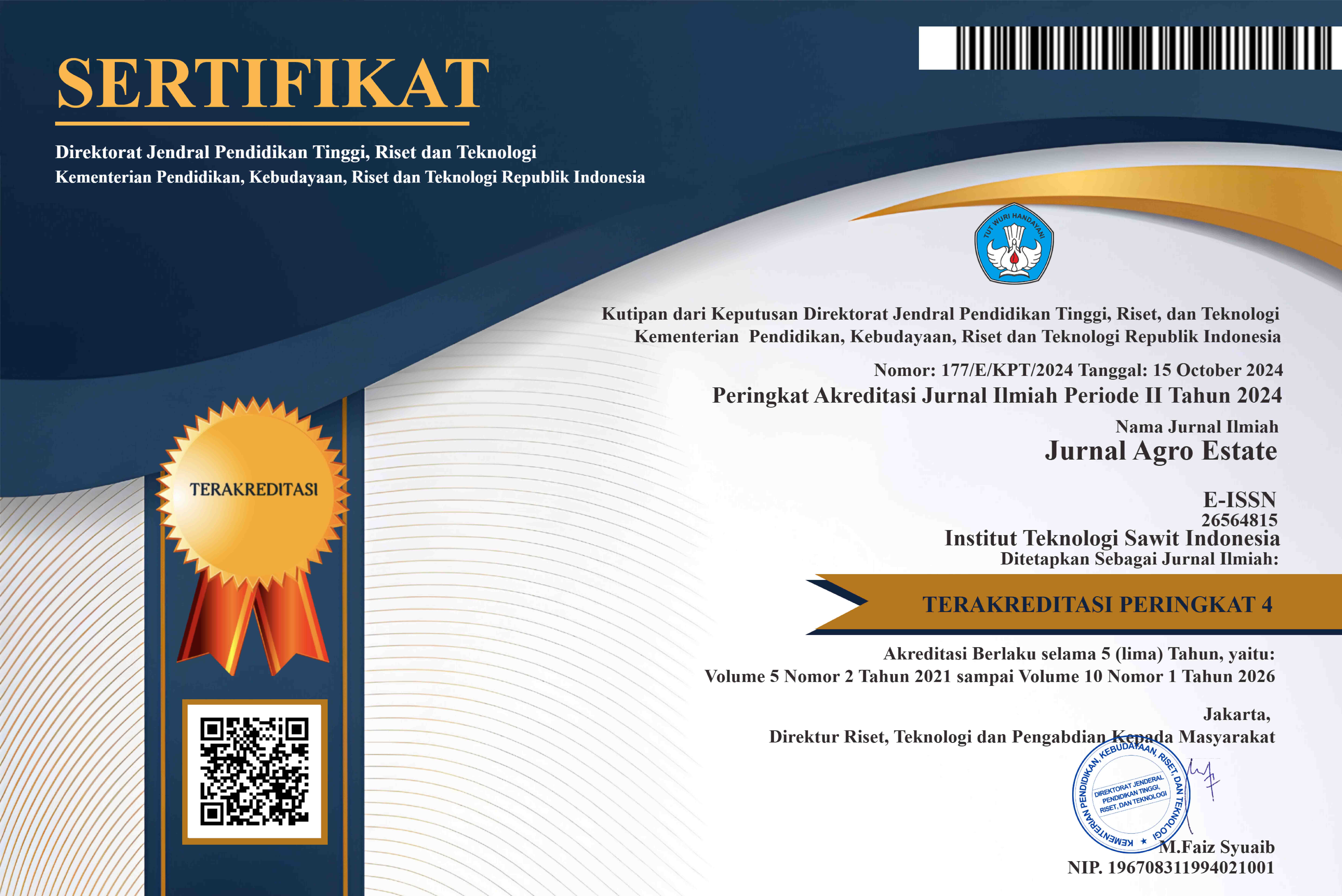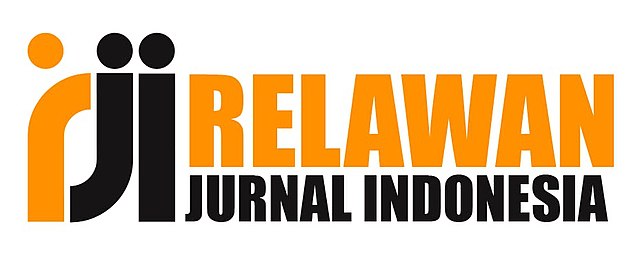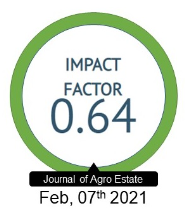ANALISA PRODUKTIVITAS TANAMAN KARET (Havea brasiliensis Muell. Arg) KLON PB 260 DENGAN MENGGUNAKAN BERBAGAI SISTEM SADAP DI AFDELING I KEBUN BANGUN PT. PERKEBUNAN NUSANTARA III
DOI:
https://doi.org/10.47199/jae.v6i1.101Keywords:
Tapping System, Productivity Analysis, KLON PB 260Abstract
The productivity of rubber plantations is determined by the type of clone, the age of the plant, the level of land suitability, and the exploitation system applied. The exploitation system applied determines the productivity of the rubber plantation because it is related to the use of the skin and the physiological process of latex. Implementing the right exploitation system can ensure high and sustainable productivity. On the other hand, the implementation of the wrong exploitation system can result in low productivity and shorten the economic life of the plant. This study aims to determine the productivity of rubber plants in clone PB 260 with various tapping systems. This research was conducted at Afdeling I Kebun Bangun PT. Perkebunan Nusantara III using a descriptive analysis method by collecting secondary data on the productivity of the PB 260 clone rubber plant from 2016 – 2020. The parameters observed were the production data of the PB 260 clone rubber plant with various tapping systems. The results of this study indicate that the analysis of rubber plant productivity data in 2016 – 2020 had the highest production in 2017 with a planting year of 2009 and the lowest in 2020 with a planting year of 2000. Meanwhile, overall, the highest production was in 2018 and the lowest was in 2016. The factors that influence the high and low productivity are caused by the tapping system that is not permanent or changing, the lack of application of fertilization, the reduction in the number of trees in the field caused by being attacked by JAP (White Root Fungus), KAS (Dry Alur Sadap), Moldy Road, fallen trees due to strong winds, and the age of the plants. The relationship between production and cost of goods/kg is that the greater the production obtained, the lower the cost of goods/kg.
Downloads
References
Ali, E. S. 2007. Botani dan Morfologi Tanaman Karet. STIPAP. Medan.
Cahyono. 2010. Cara Sukses Berkebun Karet. Jakarta.
Daslin-Aidi 2013. Produktivitas Klon Karet pada Berbagai Kondisi Lingkungan Pekebunan. Balai Penelitian Sungei Putih. Pusat Penelitian Karet. Galang-Deli Serdang.
Deptan., 206. Basis Data Statistik Pertanian (http://www.database.deptan.go.id/). Diakses tanggal 5 Mei 2009
Direktorat Jenderal Perkebunan. 2011. Statistik Perkebunan Indonesia 2008-2011. Direktorat Jenderal Perkebunan. Departemen Pertanian. Jakarta
Kuswanhadi, Sumarmadji, Karyudi dan Siregar T.H.S , 2009. Optimasi produksi klon karet melalui sistem eksploitasi berdasarkan metabolisme lateks. Pros. Lok. Nas. Pemuliaan Tanaman Karet 2009, 150-156.
Maryadi., 2005. Manajemen Agrobisnis Karet. Gadjah Mada University Press. Yogyakarta
Polhamus, L.G. 1962. Production of rubber from hevea. In N. Polunin (Ed). Rubber Botany, Production, and Utilization. Interscience Publisher Inc. New York, USA.
Santosa. 2007., Karet. (http://id.wikipedia.org/wiki/karet). Diakses tanggal 21 Maret 2009.
Sayurandi dan Tistama, R. 2018. Masalah di Makalah Workshop Penguatan Pemahaman Kultur Teknis Budidaya bagi Planters di Perkebunan Karet, Evaluasi Kinerja Klon Karet Unggul Berdasarkan Sistem Sadap Untuk Mencapai Produktivitas Optimal. Medan.
Setyamidjaja, D. 1993. Seri Budidaya Karet. Kanisisus, Yogyakarta.
Siregar, T.HS. 1995. Teknik Penyadapan Karet. Kanisius. Yogyakarta.
Siregar,T.H.S dan I. Suhendry.2013. Budidaya & Teknologi Karet. Penebar Swadaya. Jakarta.hlm 46.
Suhendry, I., 2002. Kajian finansial penggunaan klon karet unggul generasi IV. Warta Pusat Penelitian Karet. 21 : 1- 3.
Tarmizi, A. 2007. Faktor-faktor yang mempengaruhi efisiensi saluran pemasaran karet rakyat di jambi. Jurnal Aplikasi Manajemen. 5(3):412-417.
Tim Karya Tani Mandiri. Pedoman Bertanam Karet. 2010. Nuansa Aulia, Bandung.
Tim Penulis PS, 2012. Panduan Lengkap Karet. Jakarta. Penebar Swadaya.
Downloads
Published
How to Cite
Issue
Section
License
Copyright (c) 2023 Agro Estate

This work is licensed under a Creative Commons Attribution 4.0 International License.























